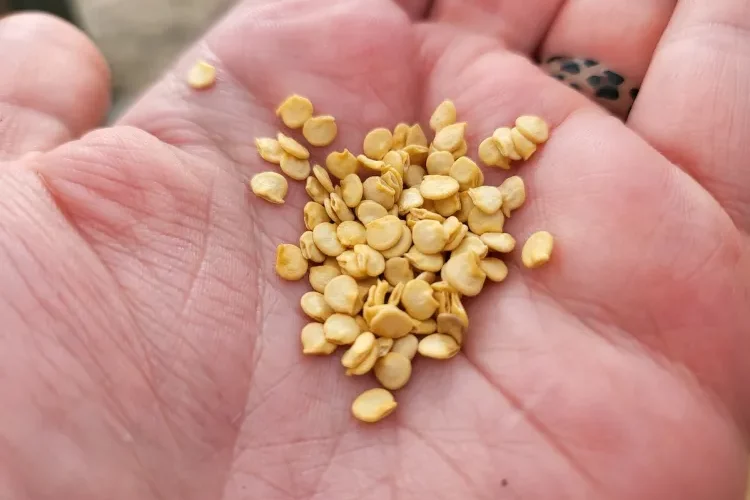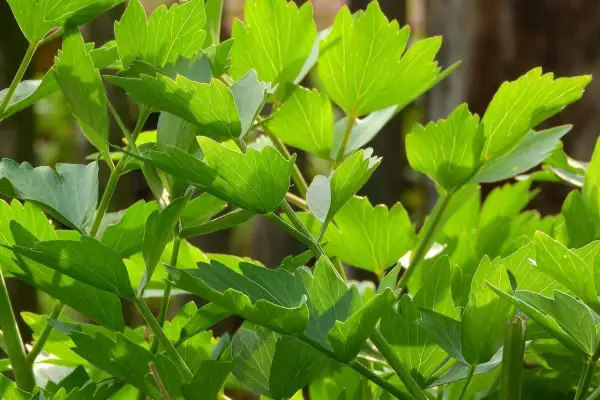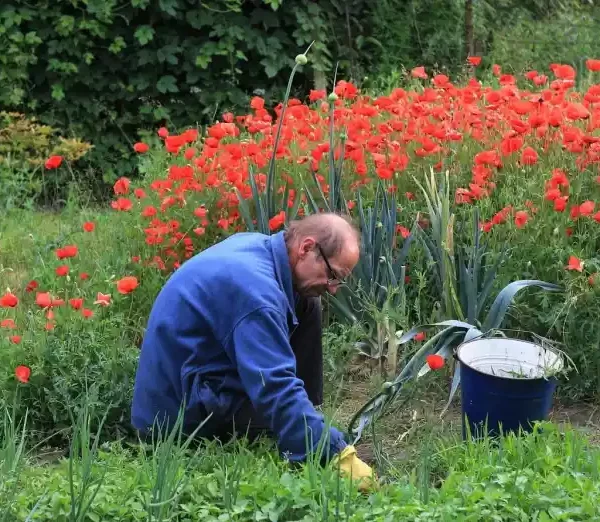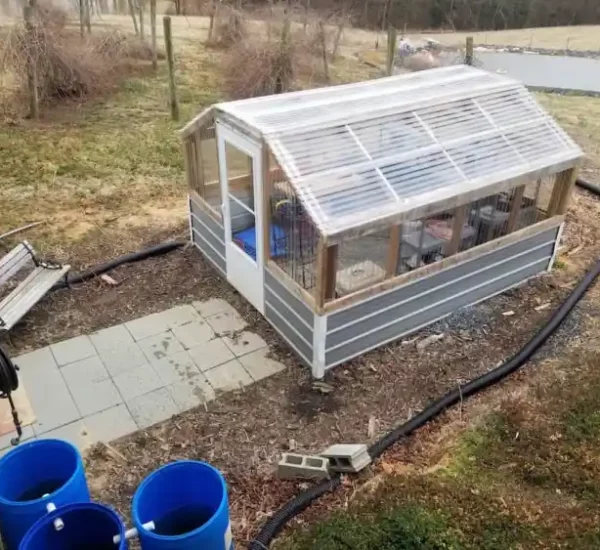Introduction
Saving seeds from your garden can be a rewarding and cost-effective way to preserve plant diversity, ensure crop success, and contribute to sustainable gardening practices. In this expert guide, we’ll explore the importance of saving seeds, tips for successful seed saving, and resources from governmental, horticultural bodies, and academic experts to support your seed-saving endeavors.
Why Save Your Seeds?
Saving seeds allows you to maintain the genetic diversity of plant species, ensuring resilience against pests, diseases, and environmental changes. Additionally, it empowers gardeners to cultivate crops that are well-adapted to their local climate and soil conditions, promoting biodiversity and sustainability in agriculture.
Tips for Successful Seed Saving
Choose Open-Pollinated Varieties
Select open-pollinated or heirloom varieties of plants, as they produce seeds that will grow true to type, unlike hybrid varieties whose seeds may not breed true.
Harvest at the Right Time
Wait until seeds are fully mature and dry on the plant before harvesting. For vegetables, fruits, and flowers, this often means allowing them to ripen fully on the plant before collecting the seeds.
Properly Clean and Dry Seeds
Clean seeds by removing any debris or pulp and allow them to dry thoroughly before storing. Properly dried seeds help prevent mold and ensure longevity.
Store Seeds Correctly
Store seeds in a cool, dry place in airtight containers or envelopes to maintain their viability. Label each container with the plant variety, date harvested, and any other relevant information.
Government and Horticultural Resources
United States Department of Agriculture (USDA)
The USDA offers resources on seed saving, including guides and publications on best practices for home gardeners. USDA Seed Saving Resources
Royal Horticultural Society (RHS)
The RHS provides expert advice and guidance on seed saving techniques, as well as information on specific plant varieties suitable for saving seeds. RHS Seed Saving Guide
Academic Experts
Dr. Carol Deppe
An expert in plant breeding and seed saving, Dr. Deppe has authored books such as “The Resilient Gardener” and “Breed Your Own Vegetable Varieties,” offering invaluable insights into seed saving techniques. Dr. Carol Deppe’s Publications
Dr. John Navazio
A renowned plant breeder and seed-saving advocate, Dr. Navazio’s work focuses on organic seed production and crop improvement. His publications provide comprehensive guidance for home gardeners interested in seed saving. Dr. John Navazio’s Publications
Conclusion
By saving seeds from your garden, you contribute to the preservation of plant diversity, promote sustainable gardening practices, and empower yourself as a steward of the land. With proper techniques and resources from governmental, horticultural bodies, and academic experts, you can embark on a rewarding journey of seed saving and cultivation.
What are the benefits of saving seeds from my garden?
Saving seeds allows you to preserve plant diversity, ensure crop success, and contribute to sustainable gardening practices. It also empowers you to cultivate crops that are well-adapted to your local climate and soil conditions.
Which plants are best for seed saving, and why?
Open-pollinated or heirloom varieties are best for seed saving, as they produce seeds that will grow true to type. Unlike hybrid varieties, whose seeds may not breed true, open-pollinated varieties maintain genetic stability and diversity.
How do I know when seeds are ready to be harvested and saved?
Seeds are typically ready for harvest when they are fully mature and dry on the plant. For vegetables, fruits, and flowers, this often means allowing them to ripen fully before collecting the seeds.
Can I save seeds from hybrid plants, or is it better to focus on open-pollinated varieties?
While it is possible to save seeds from hybrid plants, it is generally better to focus on open-pollinated varieties for seed saving. Hybrid seeds may not produce offspring with the same desirable traits as the parent plant.
What are some common mistakes to avoid when saving seeds?
Common mistakes include harvesting seeds before they are fully mature, not properly cleaning and drying seeds before storage, and storing seeds in inappropriate conditions that can lead to mold or loss of viability.
How should I store saved seeds to ensure their viability for future planting?
Store seeds in a cool, dry place in airtight containers or envelopes to maintain their viability. Label each container with the plant variety, date harvested, and any other relevant information.
Are there any legal considerations or regulations regarding seed saving?
While there are no specific regulations on seed saving for home gardeners, it’s important to respect intellectual property rights for patented or protected plant varieties. Additionally, some organizations may have policies on sharing or exchanging saved seeds.
How long can saved seeds remain viable, and what factors affect their longevity?
The viability of saved seeds varies depending on the plant species, storage conditions, and other factors. Generally, seeds can remain viable for one to several years if stored properly.
Can I share or exchange saved seeds with other gardeners, and are there any best practices for doing so?
Yes, sharing or exchanging saved seeds with other gardeners is a common practice and helps promote biodiversity and community resilience. When sharing seeds, provide accurate information about the plant variety and any special considerations for cultivation.
What resources are available to help me learn more about seed saving techniques and best practices?
Resources include guides and publications from governmental agricultural agencies, horticultural societies, and academic experts. Websites, books, and workshops are also valuable sources of information on seed saving techniques and best practices.
- Tennessee’s THC Beverage Market - June 5, 2025
- Top THC Infused Seltzers in Delaware - June 5, 2025
- Florida’s Hottest THC Infused Beverages - May 28, 2025




